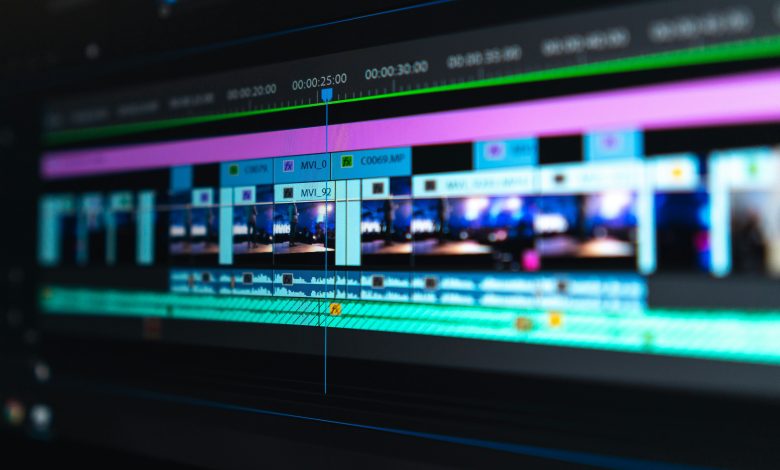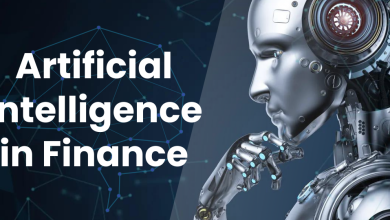
The draw of AI for female filmmakers goes beyond just technology. It’s about creative freedom and breaking down barriers that have existed for decades.
Production barriers are disappearing. Women have historically struggled to get funding for ambitious projects. With AI tools, directors can prototype complex worlds, create stunning visual effects, and experiment with bold narrative ideas without needing millions in studio backing.
Creative control stays intact. Instead of dealing with studio politics or unconscious bias, women can create proof-of-concept shorts, trailers, or entire films with minimal teams while keeping complete ownership of their vision.
Direct audience connection. Online platforms let creators share AI-assisted projects directly with viewers, skipping traditional gatekeepers entirely. Women are using this speed advantage to test ideas, build audiences, and gain momentum faster than the old system ever allowed.
Female creators are already making AI-driven short films that tackle everything from climate change to personal identity. Some are combining live-action performances with AI-generated backgrounds or characters, creating hybrid styles that would have been impossible within typical independent film budgets.
Enhancement, Not Replacement
The rise of female AI filmmakers doesn’t signal an exodus from traditional cinema. The relationship is more sophisticated than that.
Human creativity still drives everything. Storytelling, cultural insight, and emotional depth remain fundamentally human skills. Women are treating AI as a creative partner, not a replacement for their artistic vision.
Hybrid approaches are flourishing. Some directors shoot live performances but use AI to expand sets, create visual variations, or adapt films for different cultural markets without reshooting.
New cinematic languages are emerging. Women experimenting with AI are creating entirely new film categories, blending documentary, poetry, and surrealism in ways that challenge traditional definitions of cinema.
This represents expansion rather than substitution. Female AI filmmakers aren’t abandoning traditional filmmaking roles but adding powerful new dimensions to their creative toolkit.
Impact on the Industry
For the broader film industry, the rise of female AI filmmakers creates both opportunities and challenges that can’t be ignored.
Leveling the playing field. AI can democratize filmmaking by slashing production costs and reducing dependence on gatekeepers who have historically underfunded women directors.
Global storytelling reach. Women using AI can create localized, multilingual versions of their films for international audiences, dramatically expanding their cultural impact.
Competitive pressure on studios. Traditional studios might find themselves competing with independent female filmmakers who can now produce studio-quality visuals with small, agile teams.
But significant challenges remain. AI tools can perpetuate existing biases, affecting how gender, race, and identity get represented on screen. Female directors are leading the charge for ethical AI frameworks and more inclusive training data, working to ensure these tools promote diversity rather than reinforcing old stereotypes.
Legal and Cultural Complexities
Regulators and industry guilds are wrestling with how AI affects authorship, intellectual property, and creative rights. For women in film, these debates carry particular significance.
Recognition of authorship. Will female AI filmmakers receive proper credit for their work if algorithms are viewed as co-creators? The answer could reshape how we define artistic contribution.
On-screen representation. How will AI’s built-in biases affect the portrayal of women in films if female filmmakers aren’t actively involved in shaping these outputs?
Employment implications. While AI lowers production barriers, there’s concern it could eliminate roles where women have found traditional career paths, from editing to production design.
These aren’t just technical questions. They get to the cultural core of filmmaking: who gets to tell stories, who appears in them, and who shapes the narratives that influence society.
The Road Ahead
Female AI filmmakers aren’t a temporary phenomenon. They’re making films right now, screening at festivals, and building communities around revolutionary storytelling tools. Their work proves that AI can be more than just an efficiency boost. It can drive representation, spark creativity, and catalyze cultural change.
The wise move for studios, festivals, and audiences is to pay close attention. Supporting female voices in AI filmmaking today means helping to shape an entire emerging art form.
This goes beyond adding technology to traditional filmmaking. It’s about transforming who gets to create, whose perspectives get heard, and what kinds of stories define our cultural landscape. Women are already using AI to make compelling films. The only question is whether the industry will recognize them as pioneers or scramble to catch up after they’ve already changed the game.




